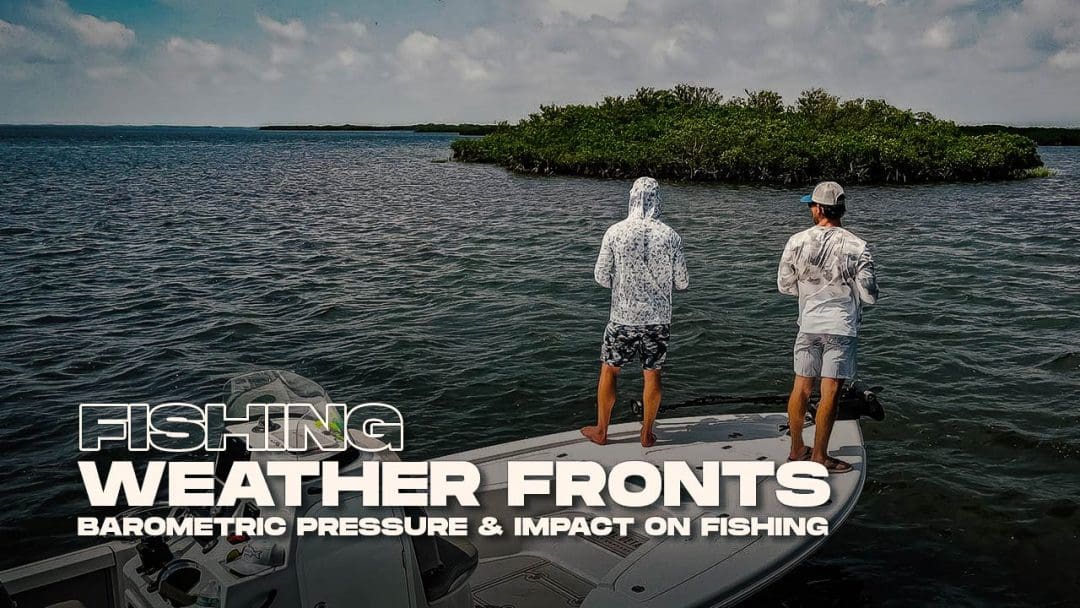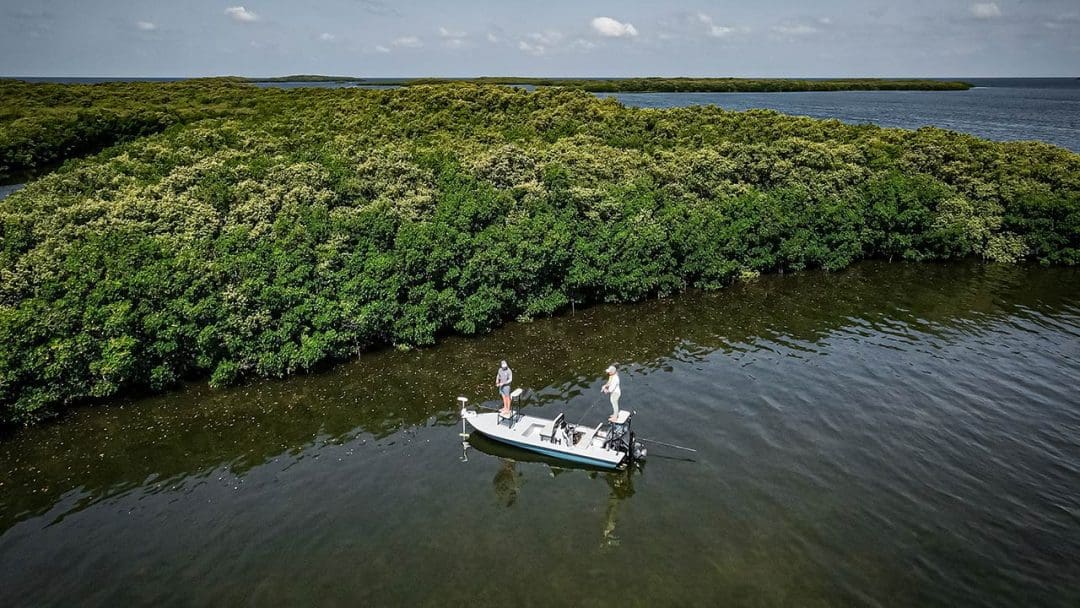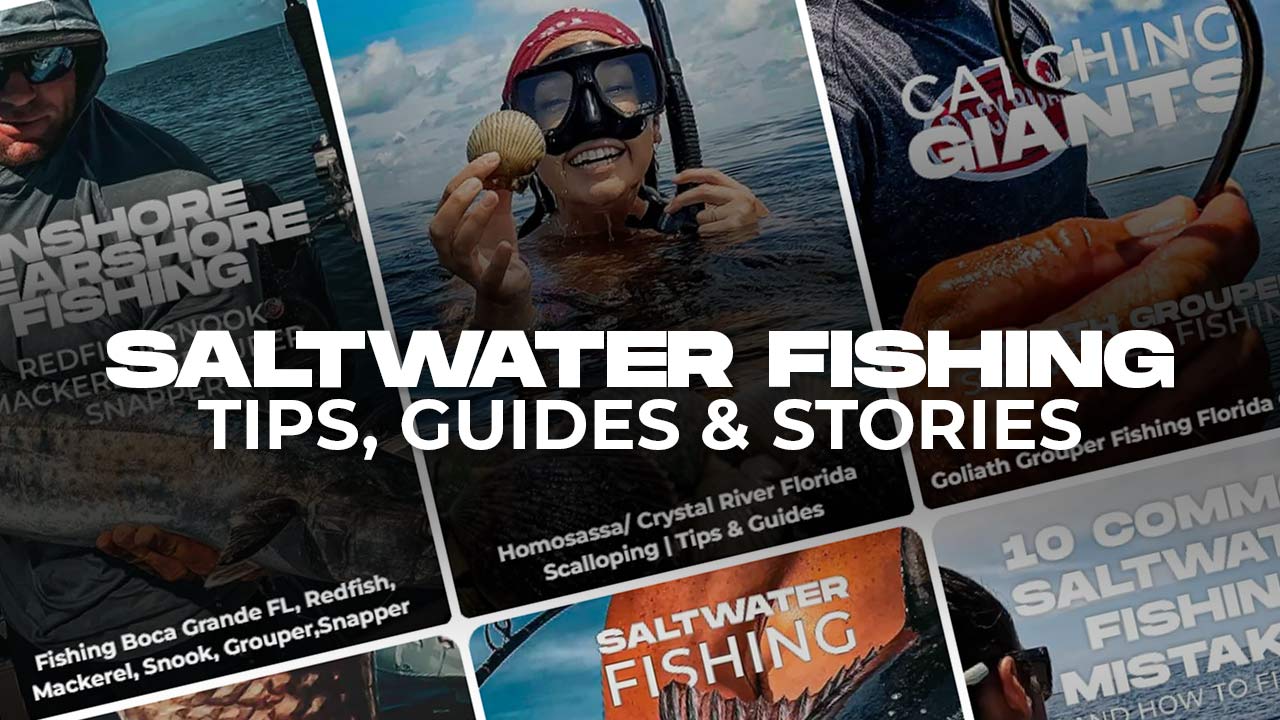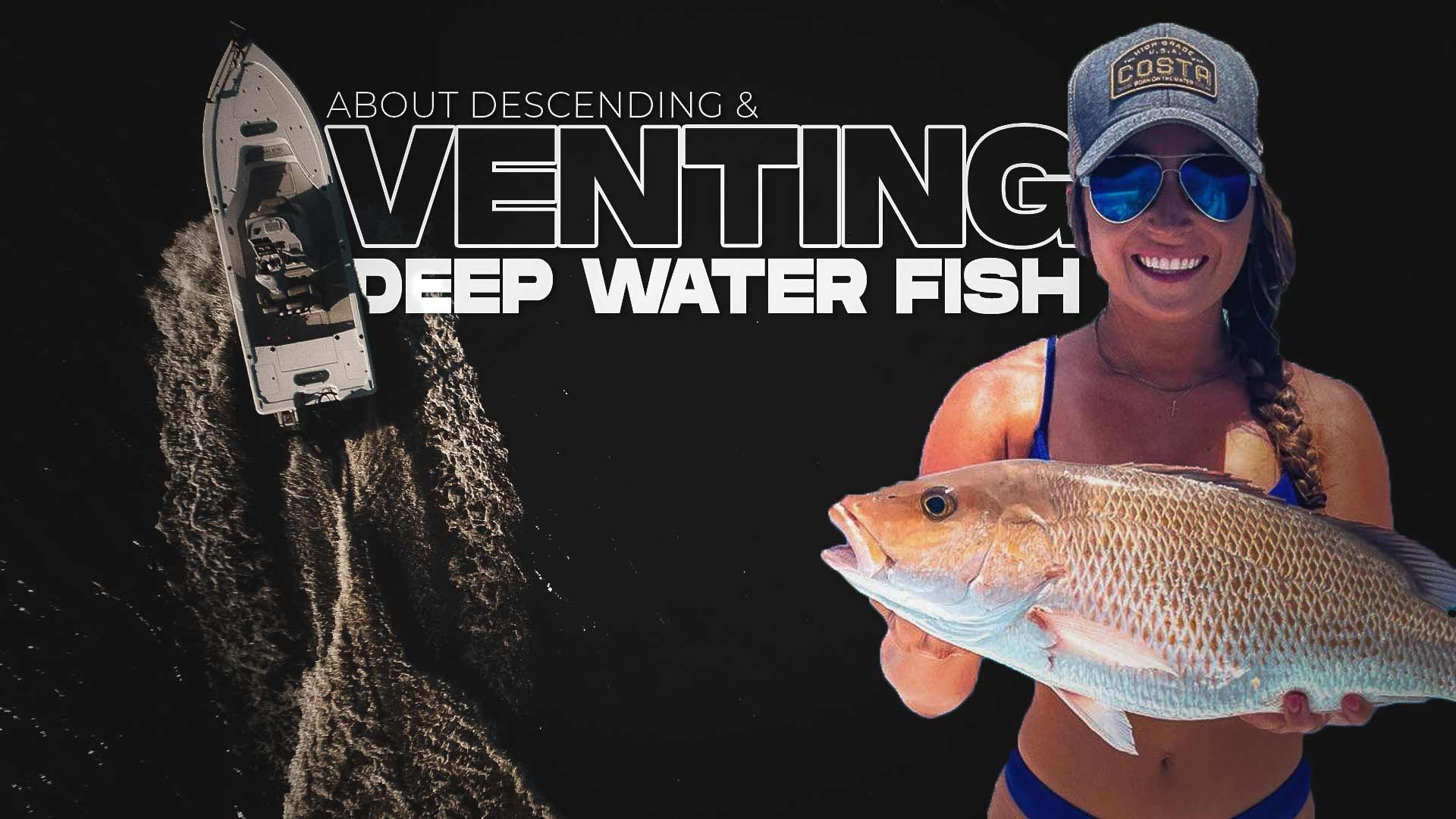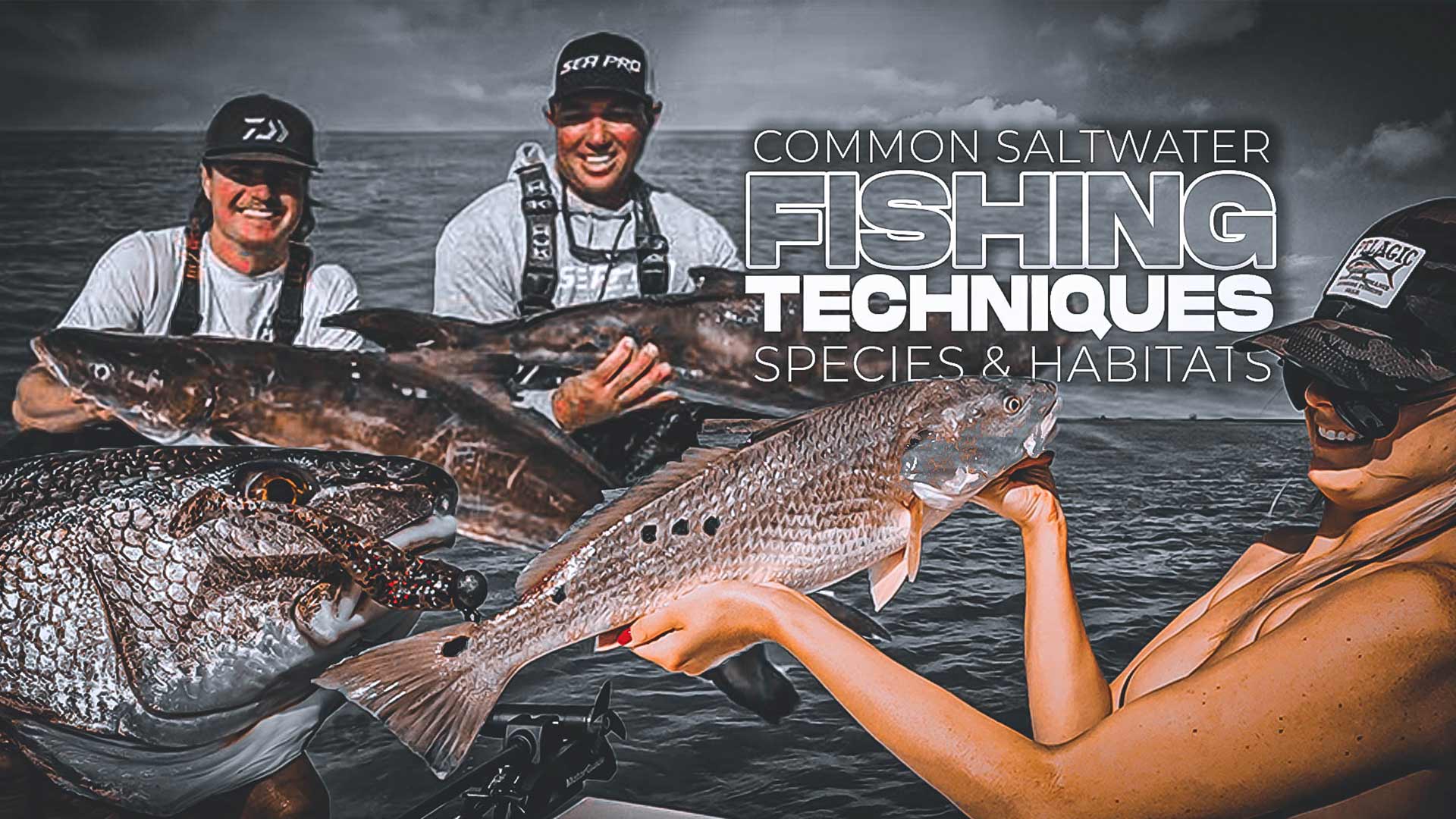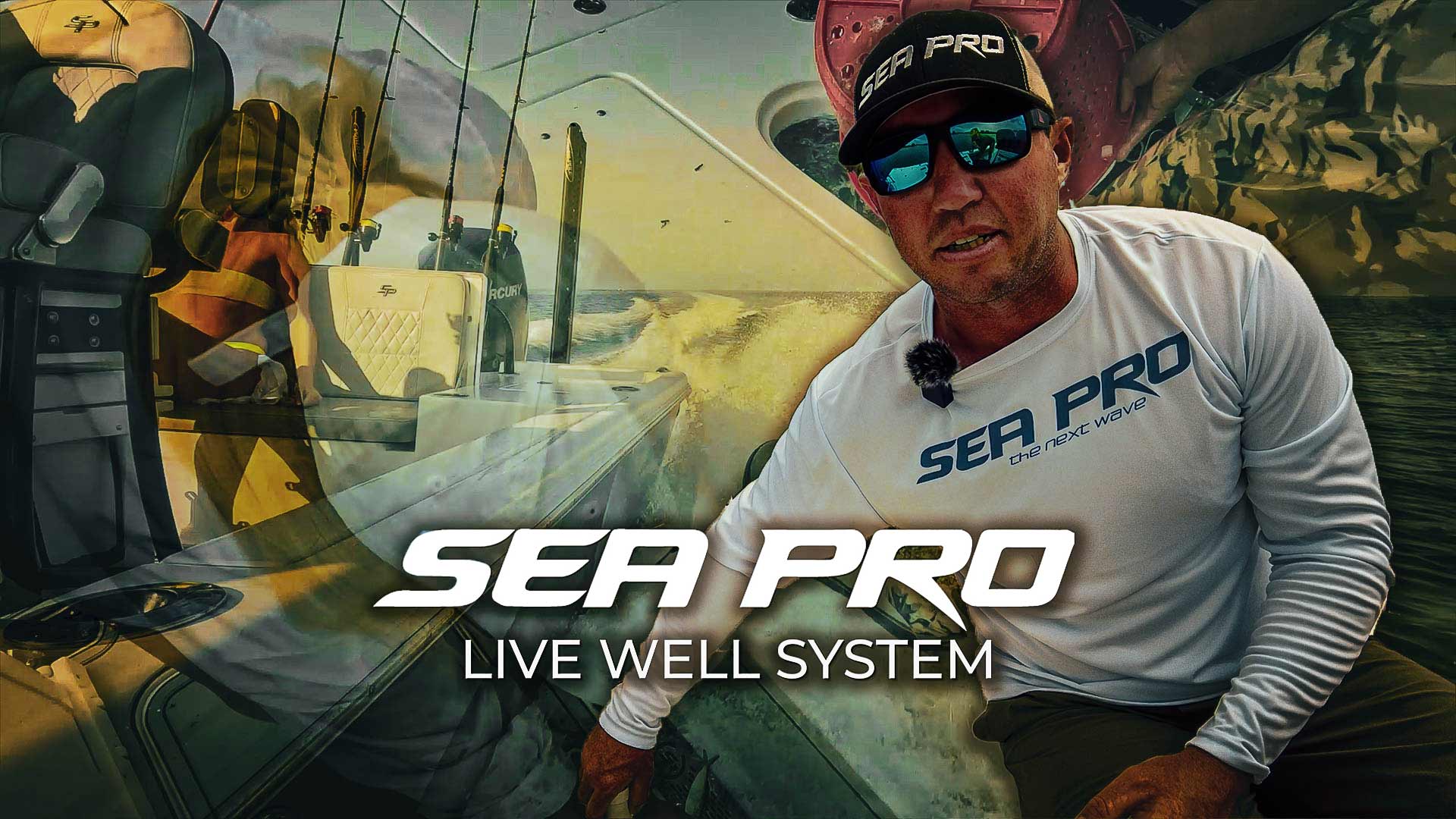A Fishing Guide to Weather Fronts and Barometric Pressure
Fishing and Weather
Weather fronts can have a significant impact on fishing conditions. They can change the water temperature, affect the behavior of fish, and alter the feeding patterns of aquatic creatures. Understanding how weather fronts affect fishing can help you plan your next fishing trip and increase your chances of catching fish.
What are Weather Fronts?
A weather front is a boundary that separates two different air masses. When two air masses with different temperatures, humidity levels, and atmospheric pressure collide, a weather front is formed. There are four main types of weather fronts: cold fronts, warm fronts, stationary fronts, and occluded fronts.
Cold Fronts
Cold fronts occur when a cold air mass displaces a warm air mass. They usually bring cooler temperatures, gusty winds, and precipitation. Cold fronts can cause fish to become more active and feed more frequently.
Cold Fronts can also cause fish to move to shallower water, making them more accessible to anglers.
Warm Fronts
Warm fronts occur when a warm air mass displaces a cold air mass. They usually bring warmer temperatures, less wind, and more humidity. Warm fronts can cause fish to become less active and feed less frequently.
Warm Fronts can also cause fish to move to deeper water, making them harder to catch.
Stationary Fronts
Stationary fronts occur when two air masses meet but neither advances. They can bring prolonged periods of precipitation, cloud cover, and humidity. Stationary fronts can cause fish to become unpredictable and harder to catch.
Stationary Fronts may also cause fish to move to deeper water, making them harder to locate.
Occluded Fronts
Occluded fronts occur when a cold front overtakes a warm front, lifting the warm air mass above the cold air mass.
Occluded Fronts usually bring cooler temperatures, gusty winds, and precipitation. Occluded fronts can cause fish to become more active and feed more frequently, but they can also cause fish to become erratic and unpredictable.
| Weather Front | Effects on Fishing |
|---|---|
| Cold Front | Fish may become more active and move to shallower water. Good time to try new fishing spots or techniques. Use lures or bait that create noise and vibration to attract fish. |
| Warm Front | Fish may become less active and move to deeper water. Good time to focus on catching larger fish. Use lures or bait that mimic natural prey. |
| Stationary Front | Fish may become unpredictable and harder to catch. Focus on fishing in areas where fish are known to congregate. Use lures or bait that match natural food sources. |
| Occluded Front | Fish may become more active and move to shallower water. Good time to try new fishing spots or techniques. Use lures or bait that create noise and vibration to attract fish. |
Tips for Adjusting Your Fishing Strategy
Adjusting your fishing strategy based on weather fronts can increase your chances of success. Here are some tips to consider:
Cold Fronts
During cold fronts, fish tend to become more active and feed more frequently. This is a great time to fish in shallower water, as fish may move closer to the surface to feed. Use lures or bait that create noise and vibration to attract fish, as they may be more willing to bite.
Fishing during a cold front is also a good time to try new fishing spots or techniques, as fish may be more willing to experiment with different types of food.
Warm Fronts
During warm fronts, fish tend to become less active and feed less frequently. This is a good time to fish in deeper water, as fish may move deeper to avoid the sunlight. Use lures or bait that mimic natural prey, as fish may be more cautious about biting during these periods.
Fishing during a warm front is also a good time to focus on catching larger fish, as they may be less active but more willing to take a larger bait.
Stationary Fronts
During stationary fronts, fish tend to be unpredictable and harder to catch. This is a good time to focus on fishing in areas where fish are known to congregate, such as underwater structures or drop-offs.
Occluded Fronts
Use lures or bait that match the natural food sources in the area, as fish may be more selective about what they eat.
During occluded fronts, fish tend to become more active and feed more frequently. This is a great time to fish in shallow water, as fish may move closer to the surface to feed. Use lures or bait that create noise and vibration to attract fish, as they may be more willing to bite. Fishing during an occluded front is also a good time to try new fishing spots or techniques, as fish may be
Weather and Barometric Pressure
When it comes to fishing, weather is important and Barometric pressure is one if the most impactful factor to consider when planning any fishing trip. It can greatly affect the feeding behavior of fish and ultimately determine the success of your fishing expedition. Understanding how barometric pressure affects fishing can help you make informed decisions on when and where to fish.
Weather and barometric pressure are two important factors that can affect fishing conditions. Changes in weather patterns, such as the presence of fronts, can cause fluctuations in barometric pressure, which in turn can impact fish behavior and feeding patterns. Understanding how these factors interact can help anglers plan their fishing trips and increase their chances of success.
Barometric Pressure
One of the primary ways that weather affects fishing is through changes in barometric pressure. When a front approaches, for example, barometric pressure can begin to drop, which may cause fish to become more active and feed more frequently. On the other hand, when high pressure systems are in place, fish may become less active and more difficult to catch.
Another way that weather can impact fishing is through changes in water temperature. Temperature fluctuations can cause fish to move to different areas of the water, which can impact where and how anglers should fish. For example, during hot summer days, fish may move to deeper water to find cooler temperatures, while during cooler months, fish may move to shallower water to warm up.
Ultimately, the key to successful fishing is being able to adapt to changing weather and barometric pressure conditions.
This may involve changing the types of bait or lures used, adjusting the depth at which you fish, or changing the location of your fishing spot.
By paying attention to the weather and being willing to make changes as needed, anglers can increase their chances of catching fish and having a successful day on the water.
What is Barometric Pressure?
Barometric pressure, also known as atmospheric pressure, is the force exerted by the weight of air molecules in the atmosphere. It is measured in units of pressure called millibars (mb) or inches of mercury (inHg). The average barometric pressure at sea level is around 1013 mb or 29.92 inHg.
How Barometric Pressure Affects Fishing
Barometric pressure can greatly affect the behavior of fish. Changes in barometric pressure can cause fish to move around in the water, alter their feeding patterns, and affect their willingness to bite.
Low Pressure
When barometric pressure drops, it creates low-pressure systems. Fish tend to become more active during these periods because the decrease in pressure can cause their swim bladder to expand, making it easier for them to swim and feed.
Low pressure is often associated with cloudy, overcast days, and rain.
High Pressure
When barometric pressure rises, it creates high-pressure systems. Fish tend to become less active during these periods because the increase in pressure can cause their swim bladder to contract, making it harder for them to swim and feed.
High pressure is often associated with clear, sunny days.
Stable Pressure
Stable barometric pressure occurs when the pressure remains consistent over a period of time.
Fish tend to be more predictable during these periods because their behavior is less affected by pressure changes.
Tips for Adjusting Your Fishing Strategy for Weather
Adjusting your fishing strategy based on barometric pressure changes can greatly increase your chances of success. Here are some tips to consider:
Low Pressure
During low-pressure systems, fish tend to be more active and feed more frequently. This is a great time to fish in shallow water, as fish may move closer to the surface to feed. Use lures or bait that create noise and vibration to attract fish, as they may be more willing to bite.
Fishing during low pressure is also a good time to try new fishing spots or techniques, as fish may be more willing to experiment with different types of food.
High Pressure
During high-pressure systems, fish tend to be less active and feed less frequently. This is a good time to fish in deeper water, as fish may move deeper to avoid the sunlight. Use lures or bait that mimic natural prey, as fish may be more cautious about biting during these periods.
Fishing during high pressure is also a good time to focus on catching larger fish, as they may be less active but more willing to take a larger bait.
Stable Pressure
During stable pressure periods, fish tend to be more predictable and consistent in their behavior.
This is a good time to fish in areas where fish are known to congregate, such as underwater structures or drop-offs.
Use lures or bait that match the natural food sources in the area, as fish may be more selective about what they eat.
Barometric Pressure and the Affects on your next fishing trip
As you can see, Barometric pressure is an important factor to consider when planning a fishing trip. Understanding how it affects fish behavior can greatly increase your chances of success. By adjusting your fishing strategy based on barometric pressure changes, you can maximize your chances of catching the fish you’re after.
Remember, fishing is an art as well as a science, so don’t be afraid to experiment with different techniques and methods until you find what works best for you.
Get Hooked Up,
Subscribe to Landed Fishing
Our expert guides share tips and techniques, showcasing thrilling catches of popular fish species like redfish, snook, and tarpon.
Enjoy high-quality videos capturing the excitement of the catch and challenges in the Gulf of Mexico.


